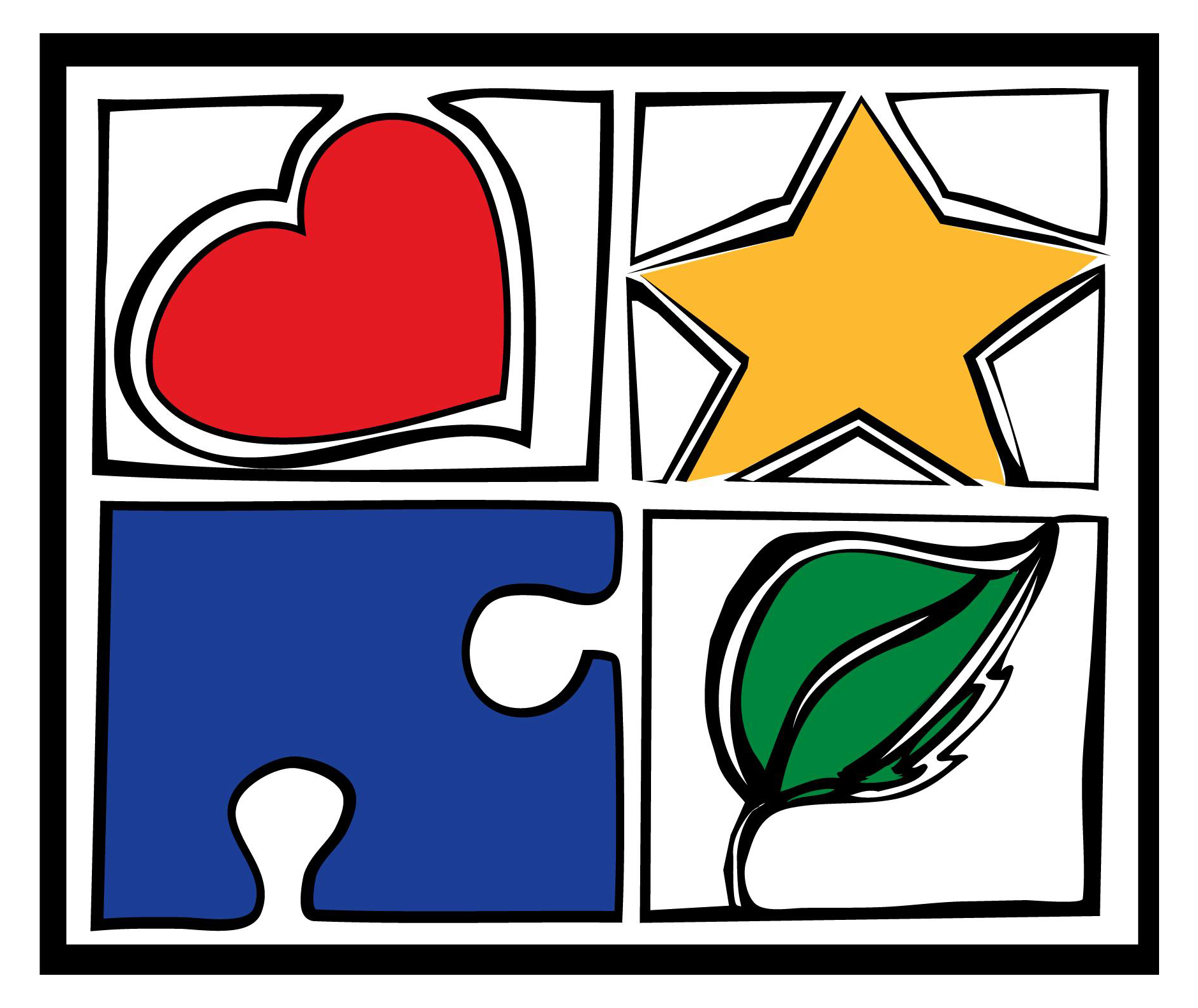Self-Image and Identity
Who Are You Online?
Your online identity is not the same as your real-world identity. Every website you browse, shop from or log on to ‘sees you and your characteristics differently. For instance, when you shop or purchase items, that site begins to establish a partial identity for you or whomever is using your name or identity. So, as each site is visited and viewed, your identity is being added to or enhanced. Birthdate information, favorite color, best friend, whether or not you own a pet, likes, and dislikes are all being collected as your surf and post. Some of this information is under your control; some may not be or may even be invisible to you. All of it contributes to ‘who you are and what you do. This is known as your digital identity.
An identifier is a way of referring to a collection of a person's characteristics or what is described as a partial identity or persona. Many websites and search engines maintain information about your identity. They then assign you an identifier and store it in your web browser as a cookie. That cookie links together all of your characteristics creating your identity. In other words, it tags you. Some of them may match your real identity and some may not.
Originally, these identifiers were created for convenience and end-user safety. Using cookies and profile information, sites monitor the behavior and notice changes in identified behavior. This allows them to protect your interest and possibly identify online fraud. Unfortunately, these identifiers are also keys to your personal information and open the door to those who want to use this information illegally.
In addition to words being stored and used by others, the same is true for all images and/or pictures. Once a picture is posted online it can be downloaded, stored or saved, and changed to depict most anything. Even if the original picture is deleted, the image can still be available on other sites. Quite often people represent themselves online much differently from their ‘real selves. The internet gives people the chance to express different parts of their personality and even try on different personas. Experimenting with how your online self is represented can present some risks as well as benefits.
How to Protect your Digital Identity
- Keep your passwords private and don't share them
- Personal information should be PERSONAL. Keep your information safe and private.
- Remember that digital relationships can be dangerous and be caution should be used.
- Your email inbox shouldn't be overflowing from unwanted messages. Verify with your friends that they did in fact send an email to you. This ensures you don't open unwanted messages.
- If you feel uneasy or threatened while in cyberspace, report your suspicions. Click here for a comprehensive list of social media administrators.
- Advocate for your friends and peers. Support your friends when dealing with an issue.

